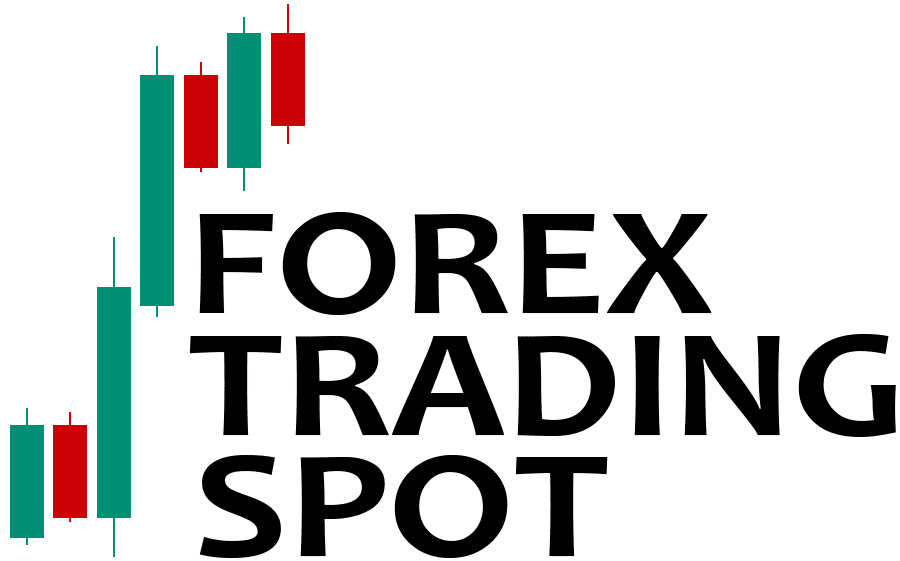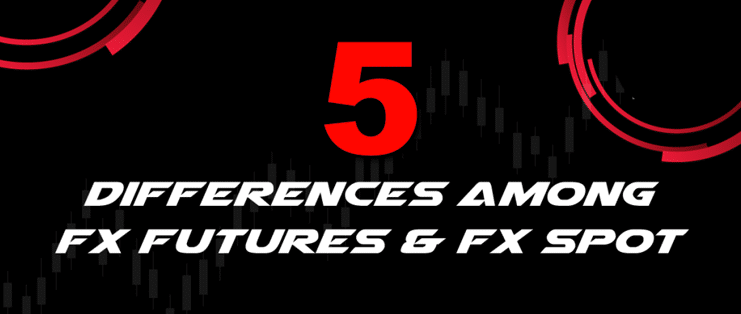The currency market boasts of a daily turnover of more than $6 trillion. In addition to being one of the biggest, it comes with various options that people can use to profit from exchange rate fluctuations.
Spot forex and currency futures are some of the most popular options in addition to Contracts for Difference.
What are currency futures?
Simply put, futures are legally binding contracts that require involved parties to swap an agreed amount of a currency pair at an agreed price in the future. The key component of such binding agreements is the price which is determined at present.
However, instead of the exchange or delivery between the buyer and the seller occurring now or after a few days, an agreement is reached to settle at a much later date. The price of a fiat pair or the interchange rate is determined when the two parties enter an agreement and delivery set for the long haul.

Currency futures trading began in 1972 in a central marketplace dubbed the Chicago Mercantile Exchange, the largest in the world. While everything is centralized, traders can see in real-time the trading volume and open interest.
Trading such financial instruments stand out partly because every order is usually matched. This means that for any given trade, say a buy, there is usually a seller on the other side, matching the buy order. There is no broker on either side of the trade, thus averting conflict of interest.
While trading, one can rest assured that the market is well regulated. The centralized CME, where everything takes place, comes with double regulation as it is under the constant scrutiny of the SEC in addition to being a publicly traded company.
What is spot forex?
With spot forex, two parties agree on the price of a currency pair. Instead of delivery being made later, it is made immediately or after a few days, mostly not more than two days. It differs from futures, given that it involves the interchange of the actual asset at present.

A perfect example is when one enters a bureau to convert one currency for another, say euros for US dollars. In this case, the person enters into an agreement with the bureau to convert the euros at hand to dollars, with the deal being completed in a matter of minutes.
Forex does not involve any central exchange for buying and selling. The lack of central control has left brokers with the sole responsibility of creating a market whereby buyers and sellers congregate to trade.
Brokers have been forced to become more competitive with their pricing engines in a bid to attract a huge pool of buyers and sellers. However, unlike in the past, their practices have become less shady with reduced cases of price manipulation.
While the overall spot market is unregulated, brokers offering instruments in the form of fiat pairs are always under scrutiny from world bodies such as the Securities and Exchange Commission in the US and the FCA in the UK.
Brokers who enable the spot market make their money from spreads which is the difference between the buying and selling prices. Unlike in the past, most of them do not charge any commissions. Instead, they take the bid from their interbank rates and add a mark-up.
In addition, they have fuelled the forex market by offering leverage. In this case, traders worldwide only have to deposit a small amount of capital to place large trades.
Spot forex vs. currency futures: differences
In both spot and futures, the interchange rate is determined when the buyer and the seller reach an agreement. The difference arises when the physical interchange is to be made. In the case of forex, the exchange takes immediately or after a few days, while the latter takes delivery into the future.

While closing a trade or delivery in currency futures could take months, it is not always the case. In most cases, delivery could take place much earlier as most market participants are usually speculators only looking for the right moment to exit a trade.
The spot market is often referred to as the cash market as it focuses on the current value or prevailing interchange rate involving two fiats. In contrast, the futures market tries to speculate the conversion rate.
In most cases, when one is buying and selling on a trading platform, they are mostly engaging in spot trading. The exchange takes place at today’s price, and settlement is done at present. The further one goes to settle, the less liquid the rate becomes and the more premium one will pay for the settlement.
Additionally, futures are expensive when compared to forex. In most cases, it is not possible to trade them in mini or micro sizes. A realistic trading account must have at least $10,000 to execute proper trades.
While trading spot forex, one must also be ready to contend with variable spreads, which often make pricing uncertain. Given that transaction costs can vary with each trade, and day of trading makes it more expensive. In addition, one must contend with additional charges for holding positions overnight.
In contrast, transaction costs are fixed while dealing with currency futures. The costs are known from the beginning and don’t come with any additional charges for holding overnight.
Bottom line
Spot and currency futures are two household options that present a unique opportunity to trade the trillion-dollar market. It is cost-effective and much easier for an average trader to trade spot forex as most brokers offer it. For sophisticated investors with a substantial amount of money, futures are ideal as they present a unique opportunity to hedge against risk.
